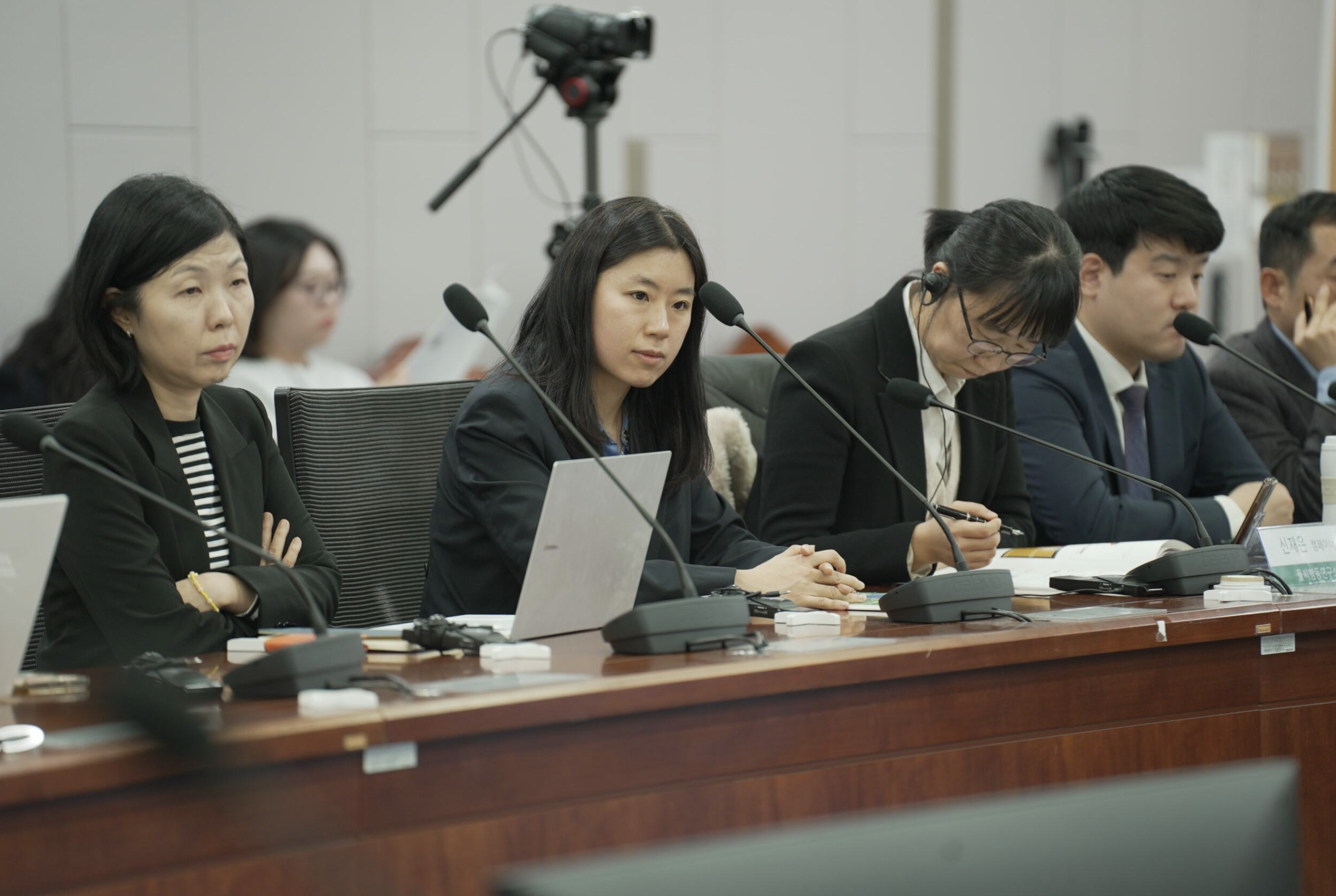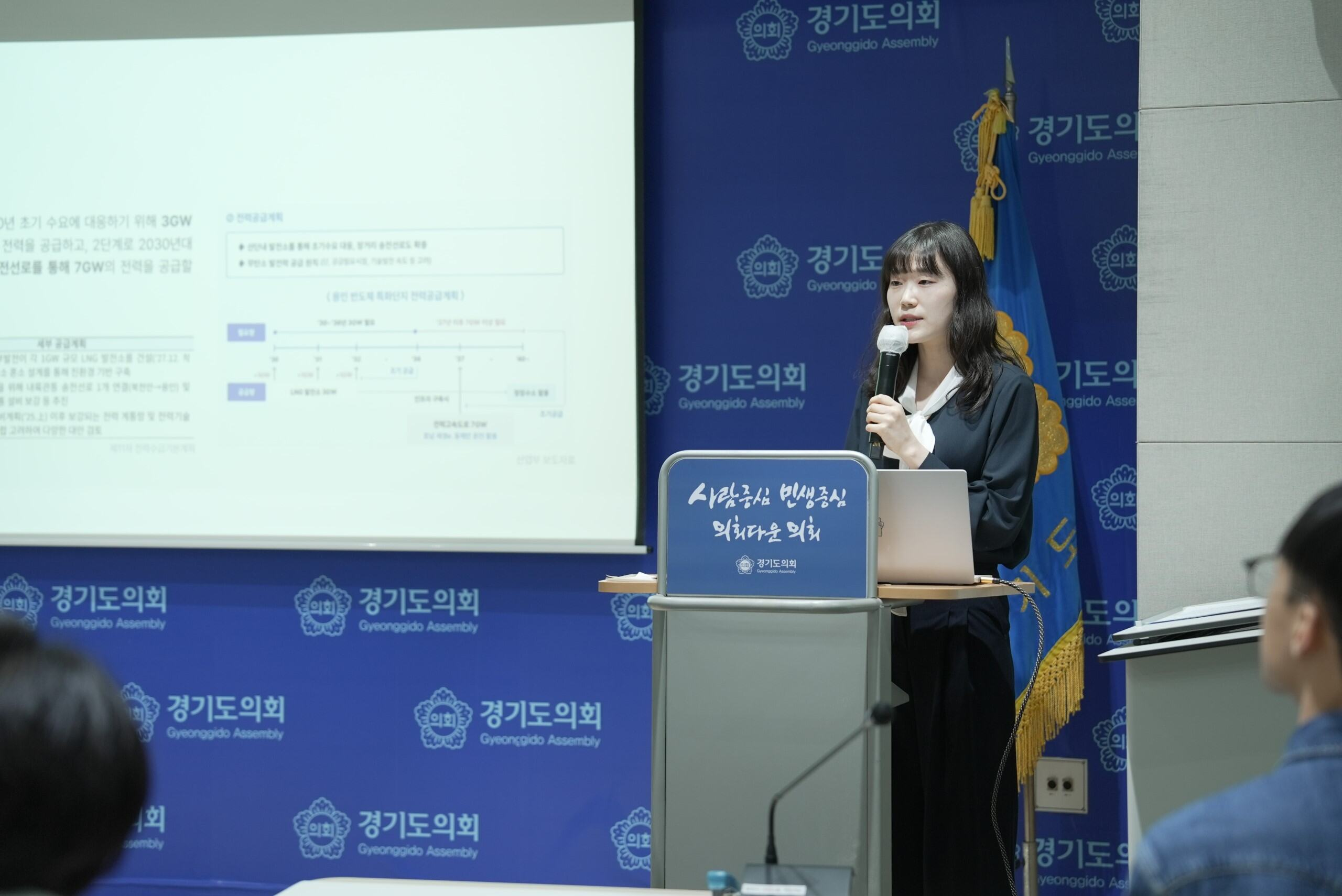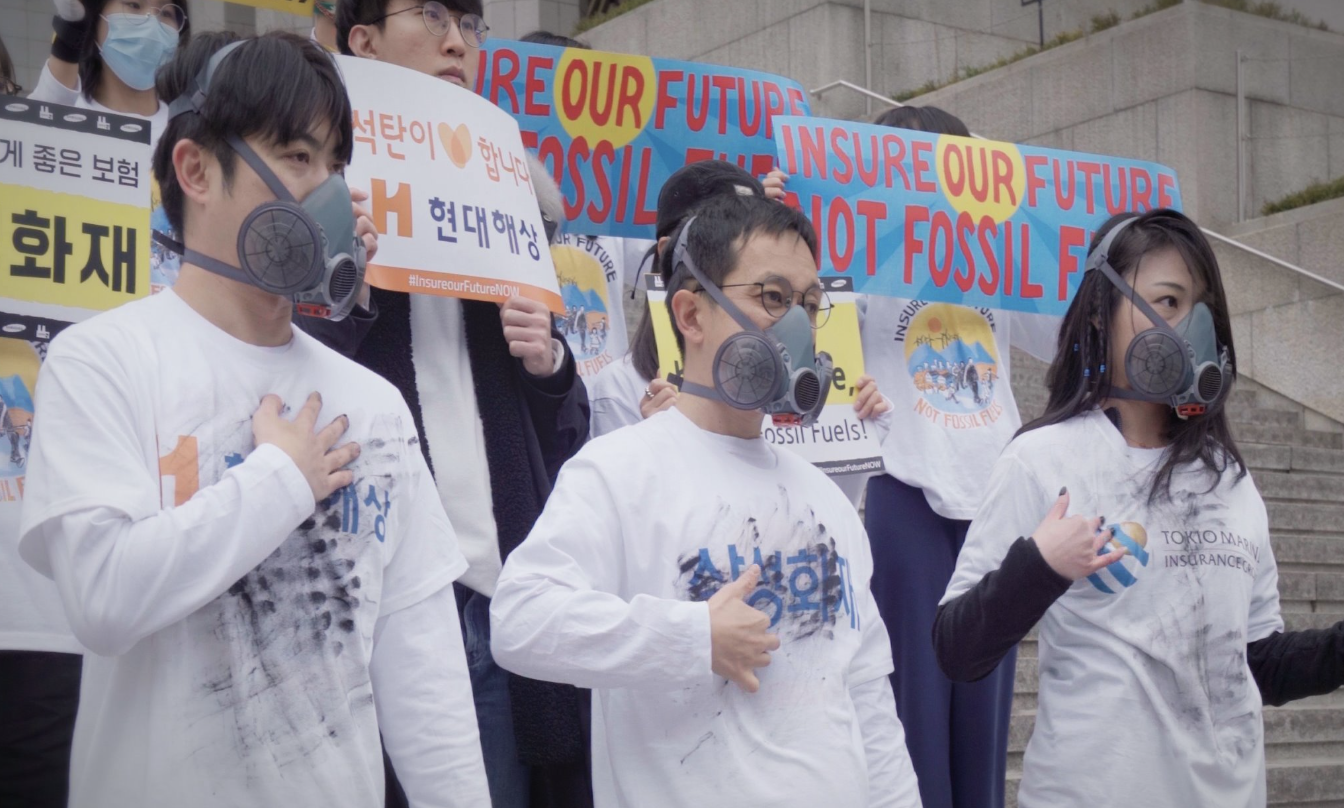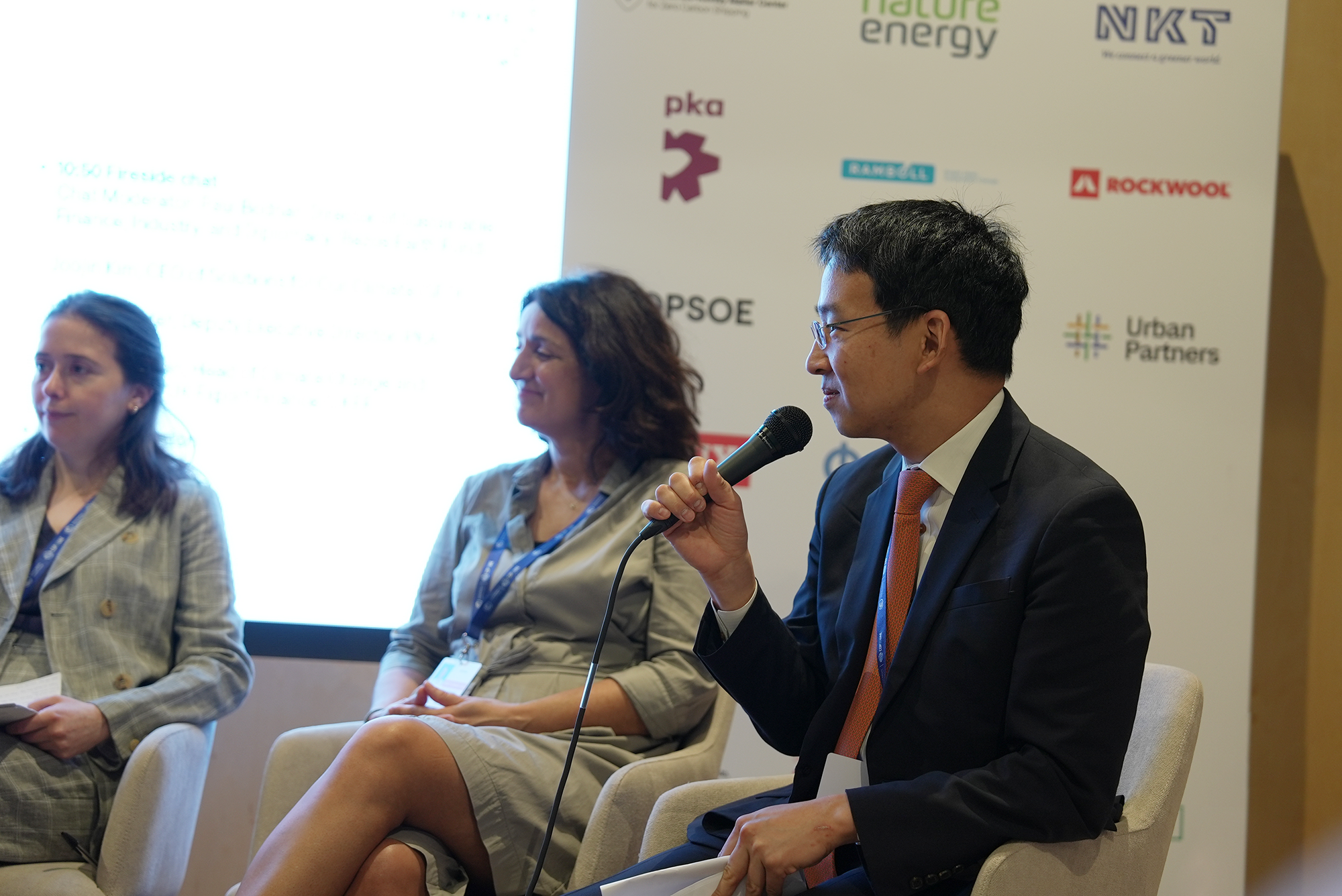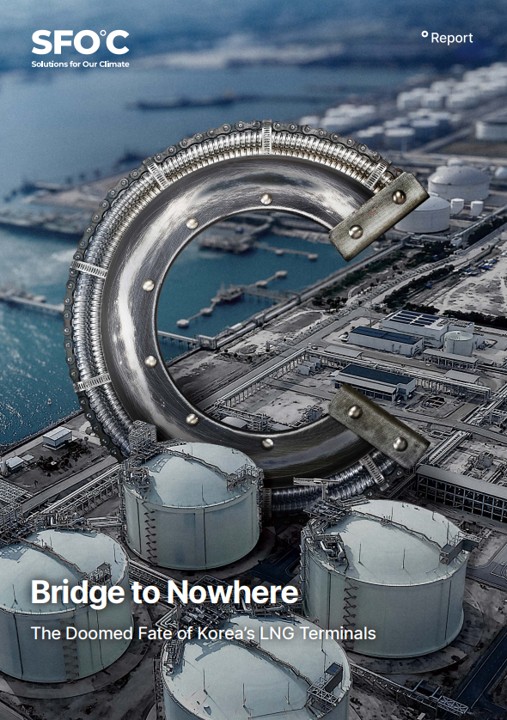
About
The long-term demand for liquefied natural gas (LNG) is anticipated to decline sharply in line with the global trend of net-zero and energy transition. According to the IEA’s World Energy Outlook 2024, global natural gas demand could fall by up to 79% between 2023 and 2050. Korea is no exception: 15th Long-Term Plan for Natural Gas Supply and Demand projects domestic demand to decrease by 16.5% by 2036. In the power sector, the 11th Basic Plan for Electricity Supply and Demand indicates a substantial increase in renewable energy in the country’s energy mix, while the share of gas is expected to drop.
Despite such decline in gas projections both in Korea and globally, Korea still has the world’s third-largest LNG terminal capacity and is pushing ahead with further expansions. Recognizing the potential stranded asset risks arising from such expansions, this report analyzes the decline in utilization rate and quantifies the value of stranded assets for all current and planned domestic LNG terminals under various demand scenarios
Download report
Executive summary
Projections for LNG demand were developed based on eight scenarios, based on the Business-As-Usual (BAU) scenario, reflecting the government’s power sector and long-term gas supply plans, and the government’s 2050 Carbon Neutrality scenario.

Most scenarios indicate a mid- to long-term decrease in LNG demand, leading to a decline in the utilization rates of LNG regasification facilities.
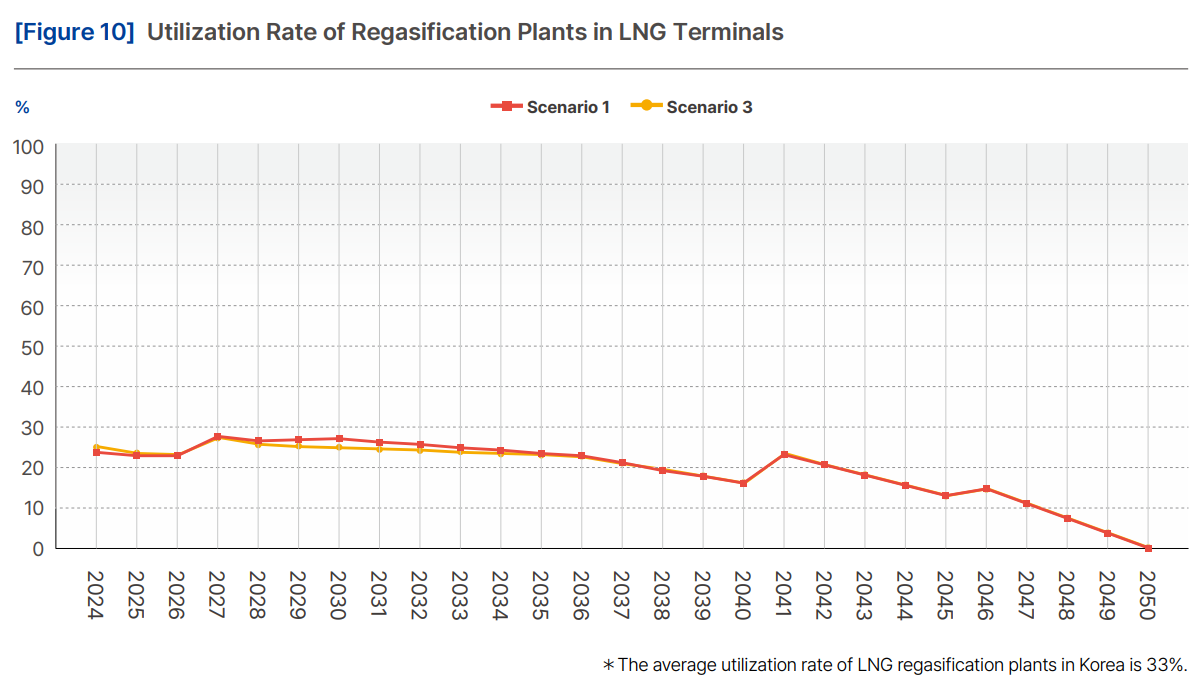
The value of stranded assets was estimated by calculating terminal profits based on the average LNG margin over the past four years and discounting them to present value at a rate of 4.5%. The calculation suggests a potential stranded asset could be between KRW 6.6 trillion to KRW 12.3 trillion. In particular, the Dangjin LNG terminal, which is currently under construction by Korea Gas Corporation (KOGAS), the stranded asset risk for a single project could reach up to KRW 877 billion.
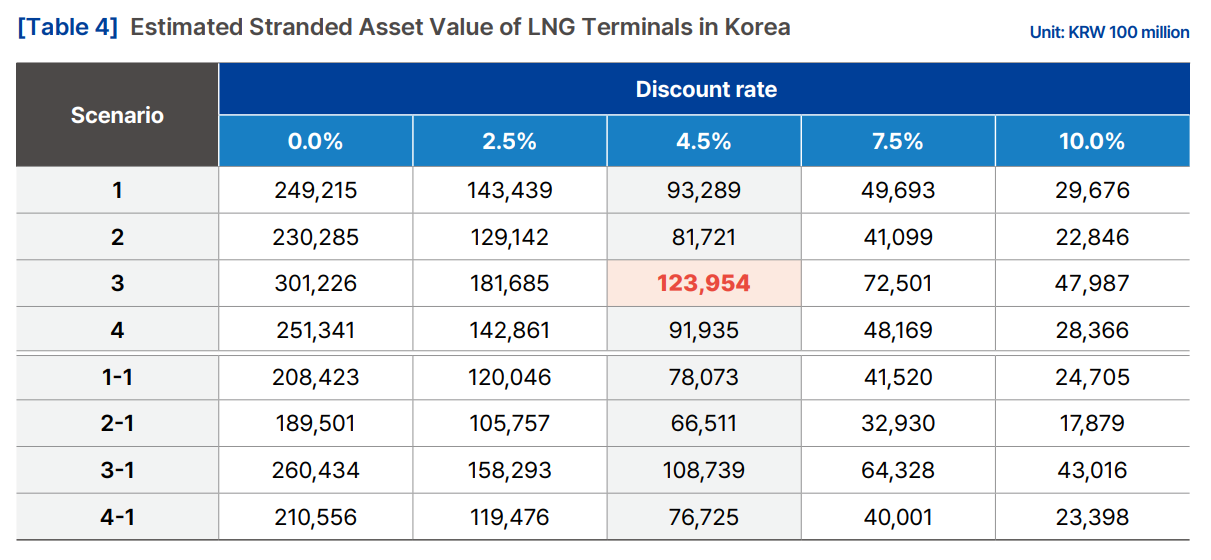
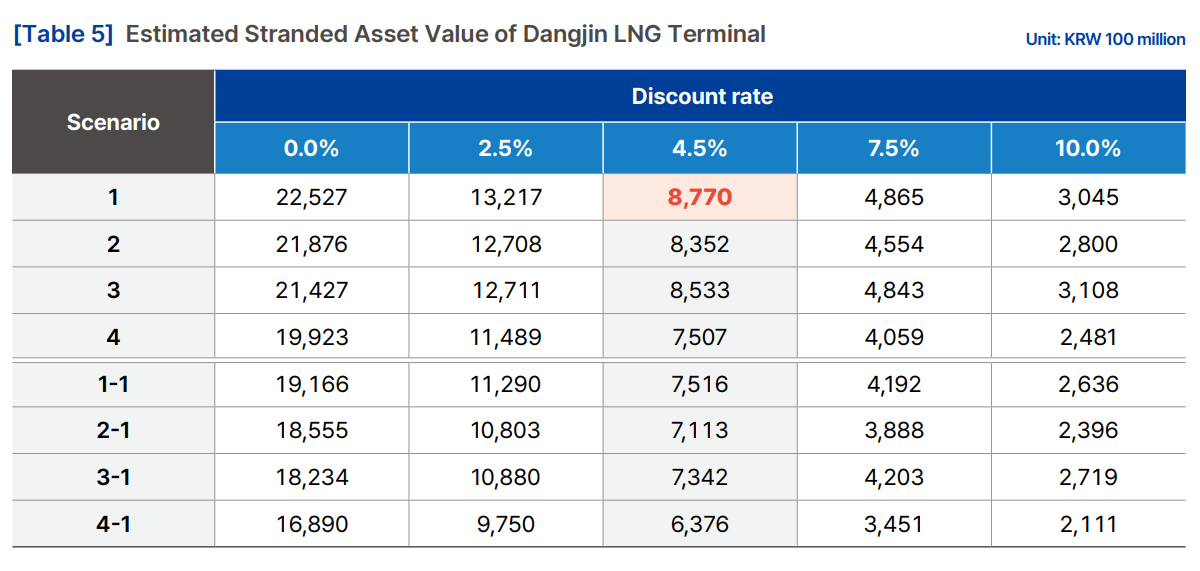
The findings indicate that Korea’s continued investment directed to LNG infrastructure is not sustainable in terms of profitability and policy alignment over the long term. To mitigate stranded asset risks, LNG terminal expansion plans, including the second phase of the Dangjin LNG Terminal, should be terminated, with investment redirected toward renewable energy and green hydrogen projects

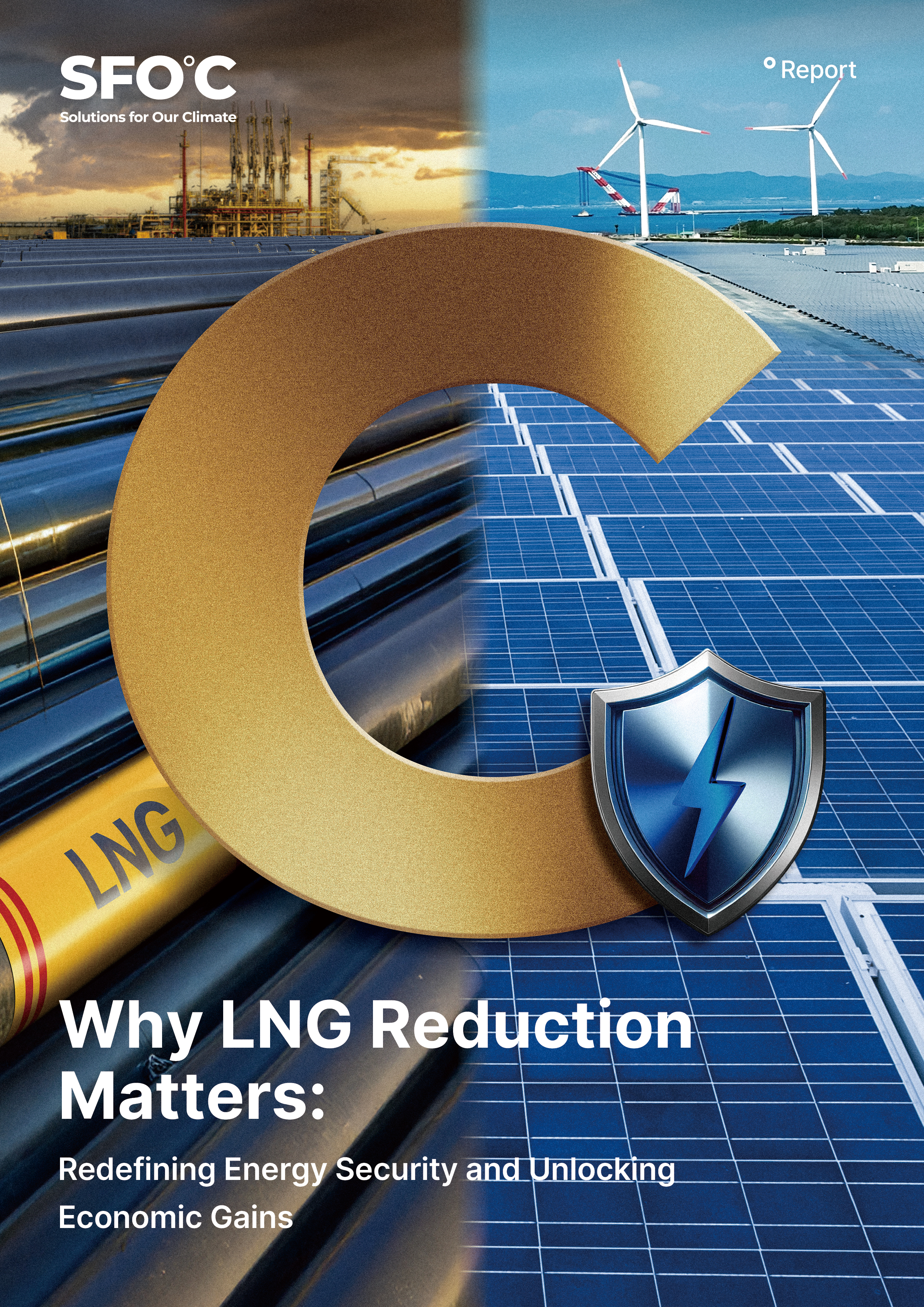


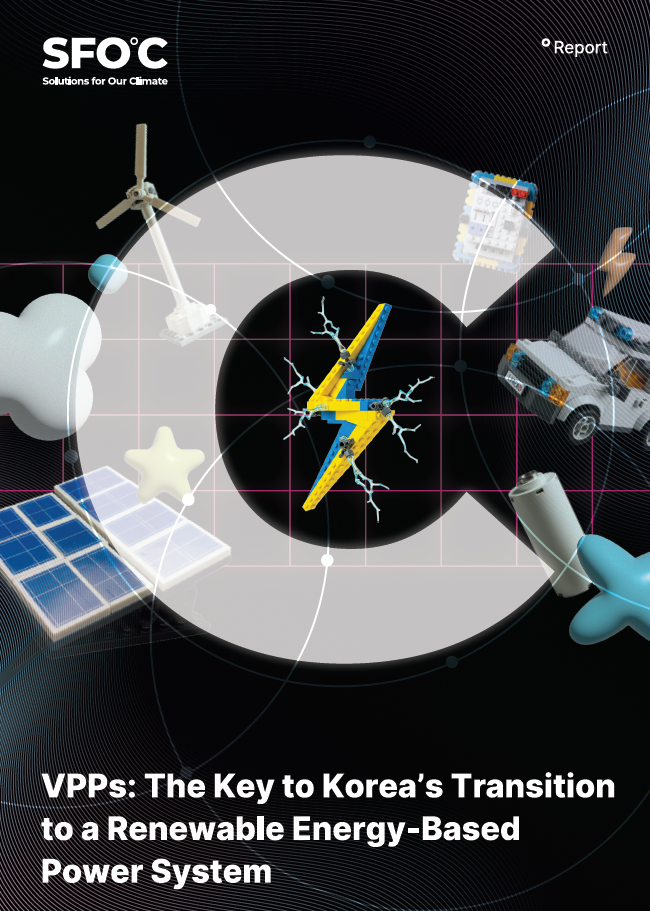










![[Brief] South Korea’s international public finance continues to block a just energy transition](https://content.sfoc.tapahalab.com/images/research/RC5Kime.jpg)





![[토론회] 한국형 녹색분류체계(K-Taxonomy), 무엇이 녹색경제활동인가](https://content.sfoc.tapahalab.com/images/research/bn8jdme.jpg)
![[이슈 브리프] 탄소포집, 이용 및 저장기술(CCUS) 현황과 문제점](https://content.sfoc.tapahalab.com/images/research/SWESdme.jpg)


